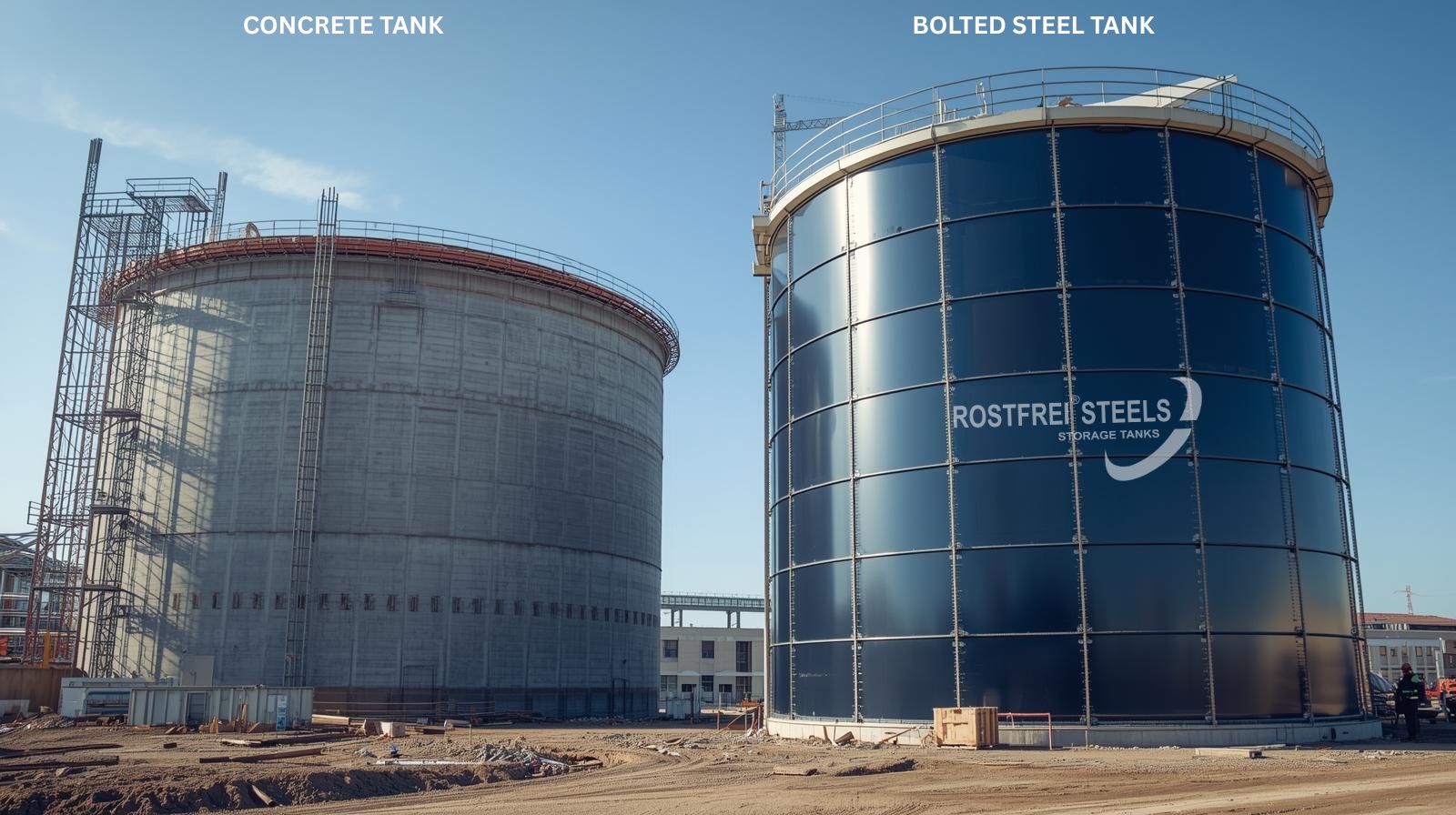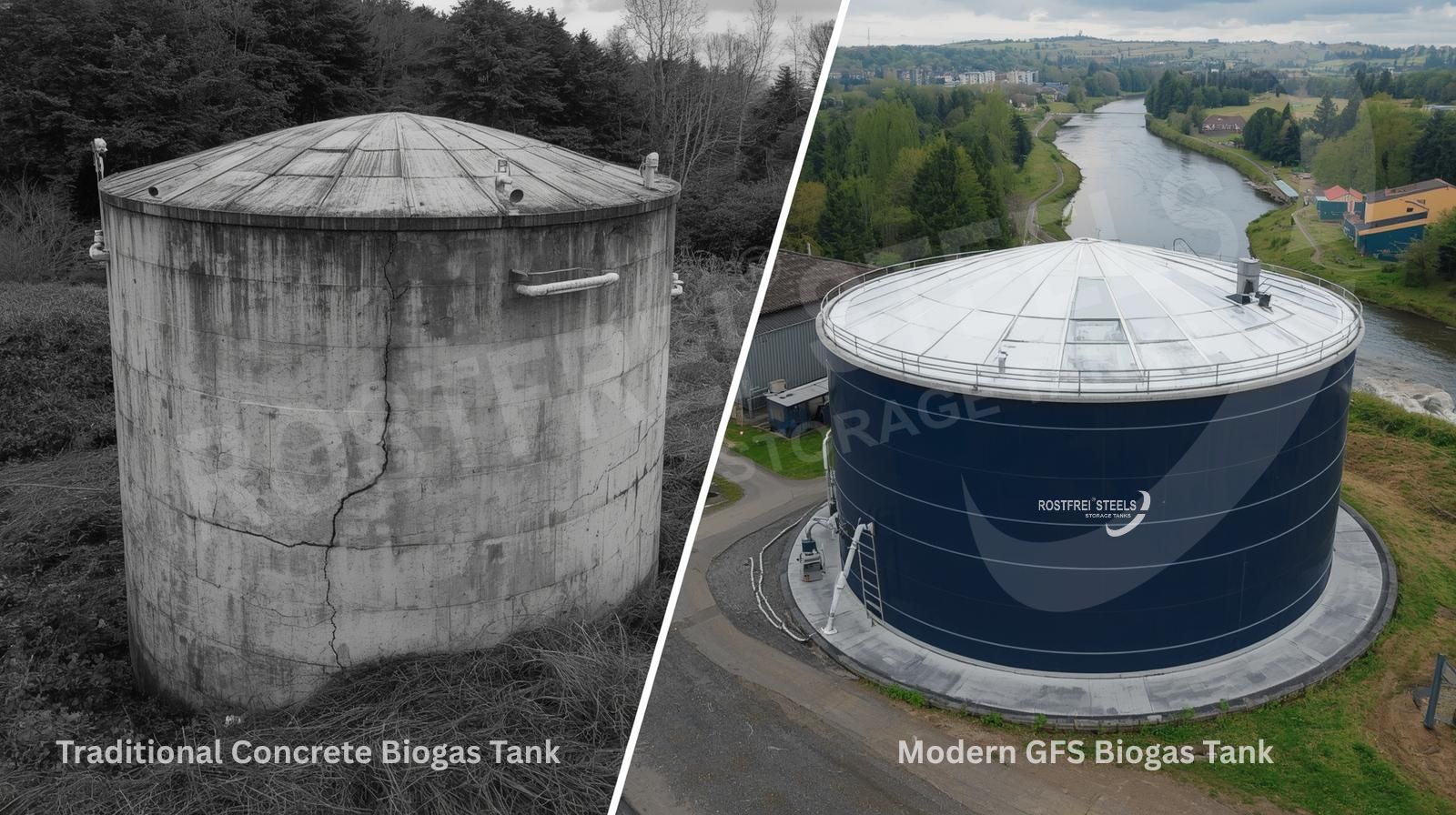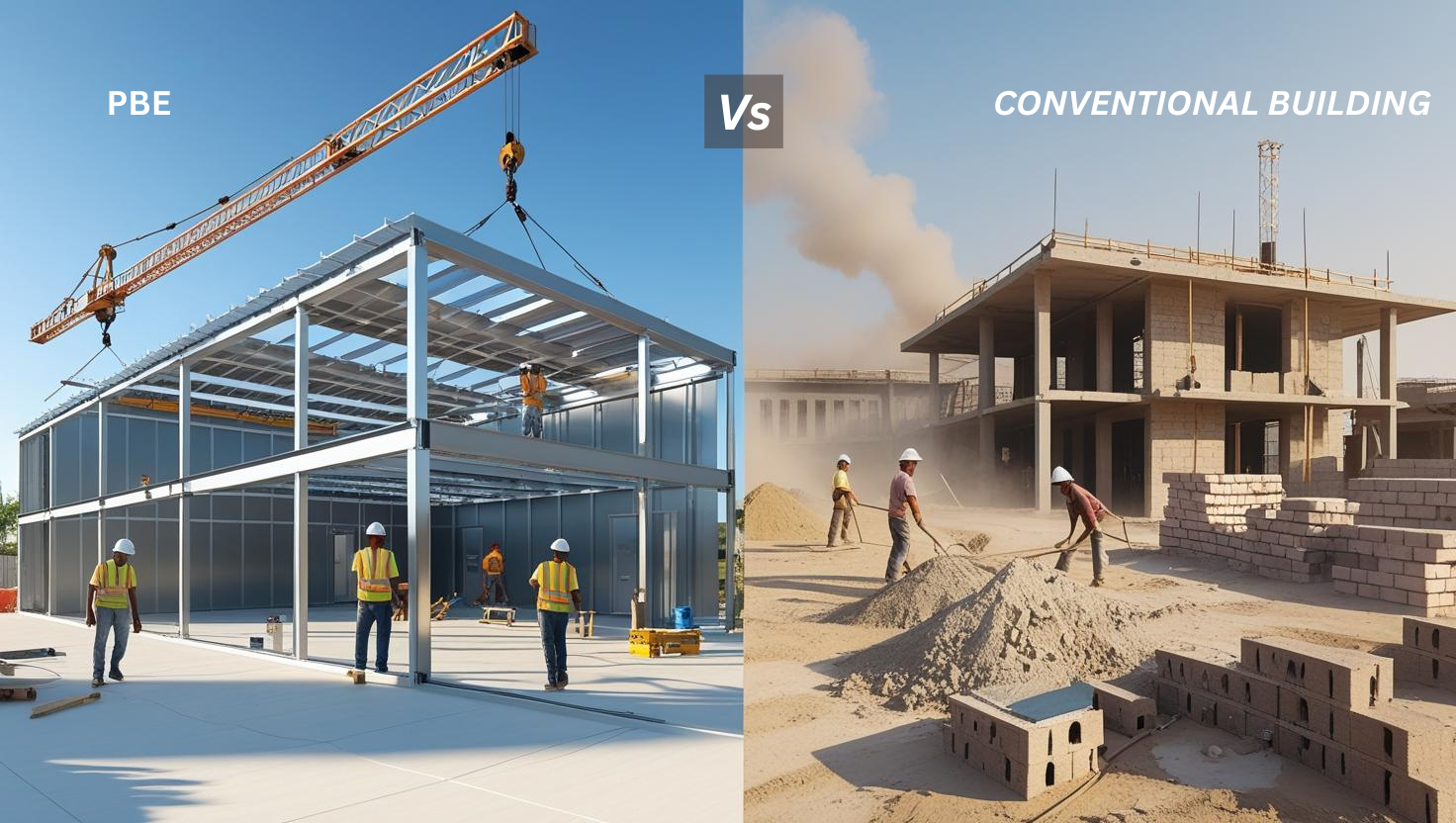Proven solutions for global liquid storage needs
Water is the most essential resource for all living beings. Without it, life cannot exist, and even imagining a world without water is terrifying. Without water, plants and humans would perish, leading to the end of life on Earth.
There are many countries who are facing water issues all over the world. Let’s have a look on some of the countries who are facing much problems due to water scarcity or only dirty water access.
Africa- The most severely water-stressed areas are the parts of the Middle East plus North Africa, a region where 83% of people is affected, and Southeast Asia, where 74% of the society is affected.
Even under the optimistic scenario where the globe restricts the world’s temperature increase to 1.3 degree C to 2.4 degree C (2.3 degree F to 4.3 degree F) by 2100. A further one billion people are predicted to live in extremely high levels of water stress by 2050.
By 2050, global water demand is projected to grow by 20% to 25%. Additionally, 19% more watersheds are expected to experience significant year-to-year fluctuations in water availability.
By 2050, global water demand will increase by 20% to 25%. Additionally, 19% more watersheds will experience significant year-to-year fluctuations in water availability.
By 2050, everyone living in the eastern Mediterranean region and northern Africa will face severe water stress. This growing scarcity will create far-reaching consequences. It will threaten political stability and impact consumers and sectors that rely on water.
Egypt- Egypt is facing severe water scarcity. The country relies heavily on the Nile River, which provides 93% of its water resources. This dependence often creates a perception that Egypt has relatively low water stress compared to other nations in the Middle East and North Africa. However, the construction of the Grand Ethiopian Renaissance Dam in the upstream section of the Nile poses a significant threat to Egypt’s water supply.
Solution-
“All such issues can be solved with proper planning & projects for waste water treatment plants + waste treatment plants by Rostfrei glass fused to steel Bio Gas digester tanks which can used for generating renewable energy gas.”
Why Water/Liquid Storage Tanks are Important?
“Water is life’s matter and matrix, mother and medium. There is no life without water.” – Albert Szent-Gyorgyi, M.D. Discoverer of Vitamin C
Water/Liquid storage tanks can be used for multiple purpose and in multiple sector. Water tanks contribute to the storage, management, and distribution of water across a variety of crucial applications. Here are a few typical uses for water tanks:
Use of Rostfrei Water / Liquid Storage Tanks In different application and sector
Potable Water Use:
Water tanks are used to hold both treated and untreated water that is fit for human consumption. This is especially important during emergencies or in locations with erratic water supply. It is an easy solution to get rid of the water issues in the areas where water supply timings are fixed. People can store huge volume in these tanks and can use later for their various purpose.
Agricultural Use:
Water tanks are used by farmers to store water to irrigation, assuring a steady supply of water for their crops.
Industries use water in a variety of operations. To hold the vast amounts of water required for production, cooling, and other manufacturing processes, water tanks are used.
Fire protection:
To provide an adequate supply of water for fighting fires, water tanks are positioned strategically in both urban and rural locations.
Water Supply in an Emergency:
Water tanks act as backup supplies to fulfil the urgent demands of populations in places that are vulnerable to catastrophic events or in locations where the water supply is unreliable.
Sites of Construction:
A significant volume of water is frequently needed for construction projects. On construction sites, water tanks guarantee a consistent water source for tasks including mixing concrete, controlling dust, and worker hydration.
Off-Grid or Remote Areas:
Water tanks offer a decentralized alternative for local water storage in isolated or off-grid regions when centralized water infrastructure is lacking.
Waste water Treatment:
Water Tanks are boon for the industries and people who wants to reuse their waste water and face many issues with the lack of water. They can treat waste water by installing water treatment plants and make is usable for the different purpose like drinking, daily life needs, for the cooking purpose, and many more.
RostfreiSteels is a global manufacture which is working in India as well as Overseas and have experience of 19 years in the prefabricated Bolted Tank Industry.
Rostfrei has manufactured, supplied, and installed tanks for numerous reputable clients worldwide. The company’s reach extends across several countries, including India, Africa, the United Arab Emirates, Bangladesh, and the Maldives. These successful installations demonstrate Rostfrei’s global presence and industry expertise.
Rostfrei provides tanks in three different material of construction – Zincalume, Fusion Bond Epoxy, and Glass Fused Steel which can be used in various application like Raw Water, Fire Water, Waste water, Effluent Treatment Plant, Sewage treatment plant, water treatment plant, Bio Digester, Anaerobic Reactor, Bio CNG, and many more.





